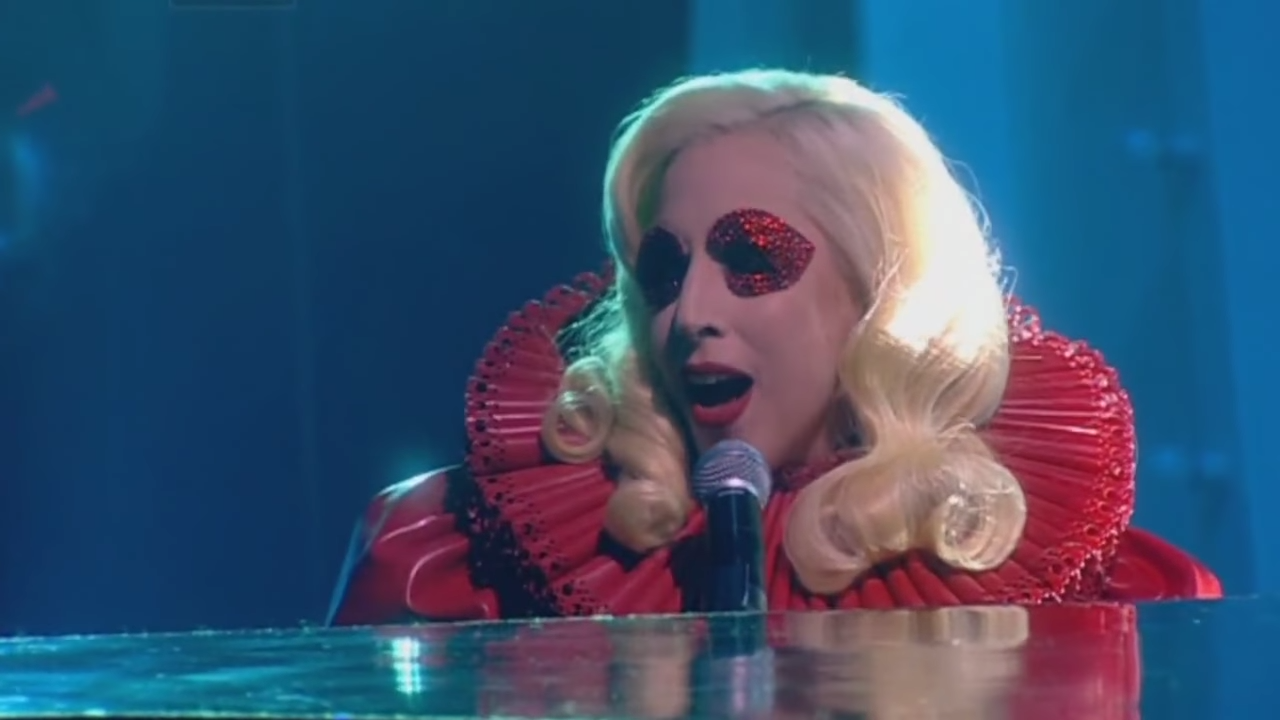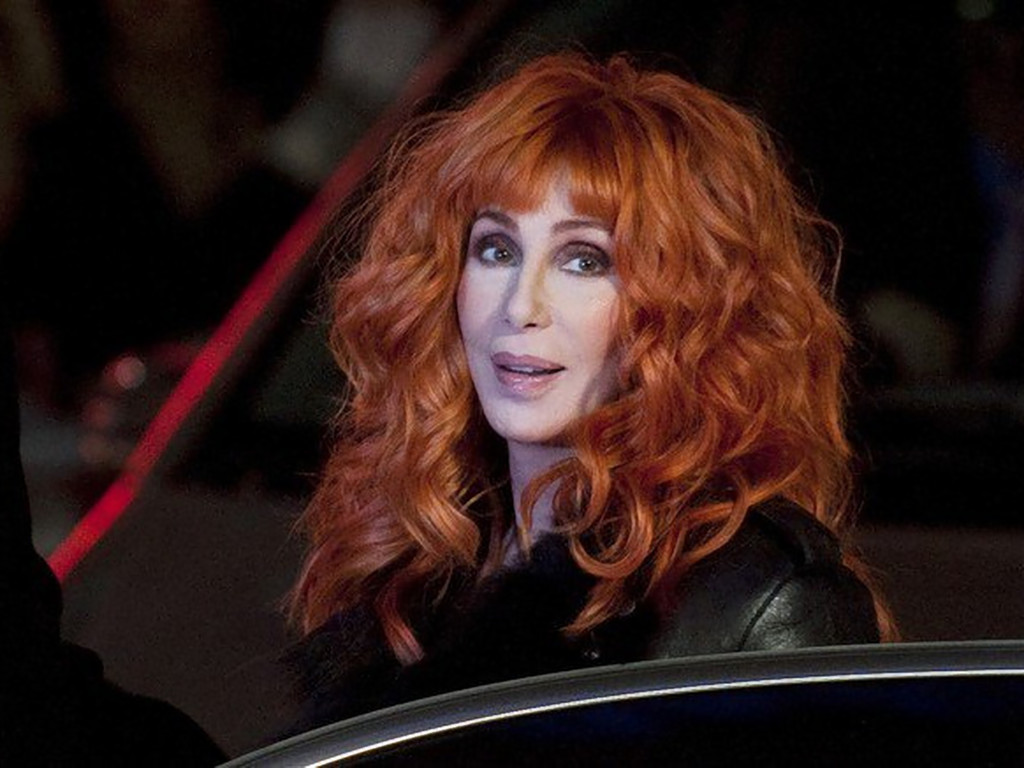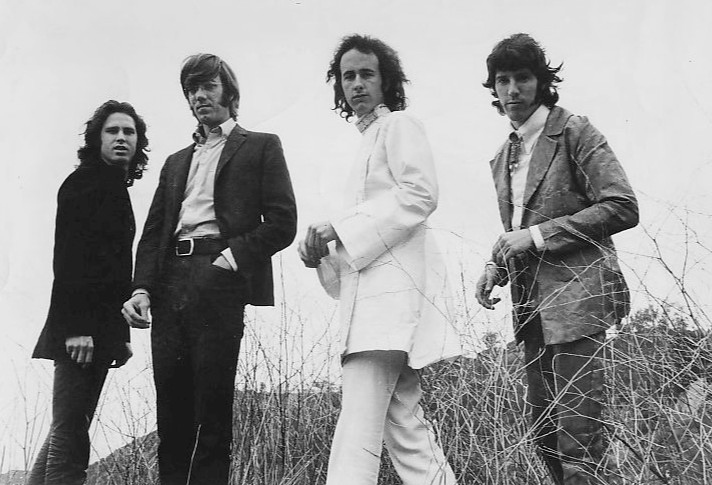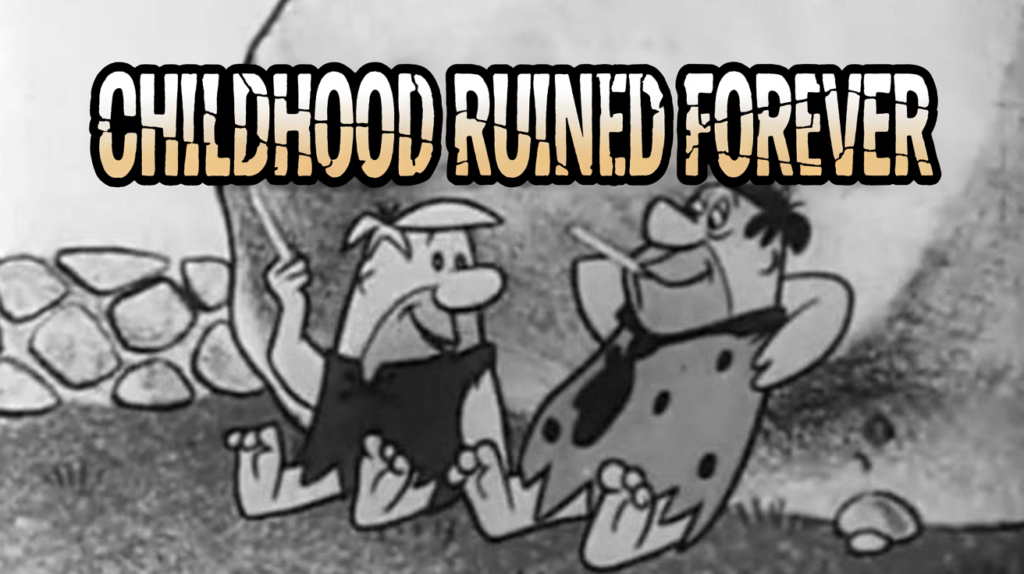
Your childhood memories are built on carefully crafted lies. Christopher Robin, the real boy behind Winnie the Pooh, endured endless torment at boarding school while his father’s books sold millions. The beloved toys that inspired the Hundred Acre Wood ended up trapped behind glass at the New York Public Library, while Christopher wanted nothing to do with his father’s honey-loving bear.
Let’s pull back the curtain on 25 shocking revelations that will forever change how you see your cherished childhood entertainment.
25. Lewis Carroll’s Controversial Legacy

Victorian sensibilities clashed with artistic pursuits in the life of Charles Dodgson. During his tenure at Oxford, the mathematics professor published children’s literature under the pen name Lewis Carroll. Between 1856 and 1880, his photography hobby produced more than 3,000 portraits, predominantly of young girls. His fascination with 10-year-old Alice Liddell sparked literary history, though darker questions emerged. Missing diary pages and destroyed photographs hint at carefully curated personal records. These sealed letters, stored in Oxford’s private collections since 1898, continue to fuel scholarly debate about Carroll’s legacy.
24. The Nuclear Origins of Bikini Bottom

Beneath cheerful cartoon antics lies a sobering historical connection. The U.S. military transformed Bikini Atoll into a nuclear testing ground, conducting 23 detonations between 1946 and 1958. Operation Castle Bravo alone released 10.4 megatons of nuclear yield, forever altering the atoll’s marine ecosystem. Scientists discovered grotesque coral formations and abnormally large fish species in the irradiated waters. Local marine life exhibited unprecedented mutations, prompting decades of classified research. Marine biologists documented these mutations in the atoll until 1978, when the Atomic Energy Commission finally ceased its monitoring program.
23. Christopher Robin’s Pooh Predicament
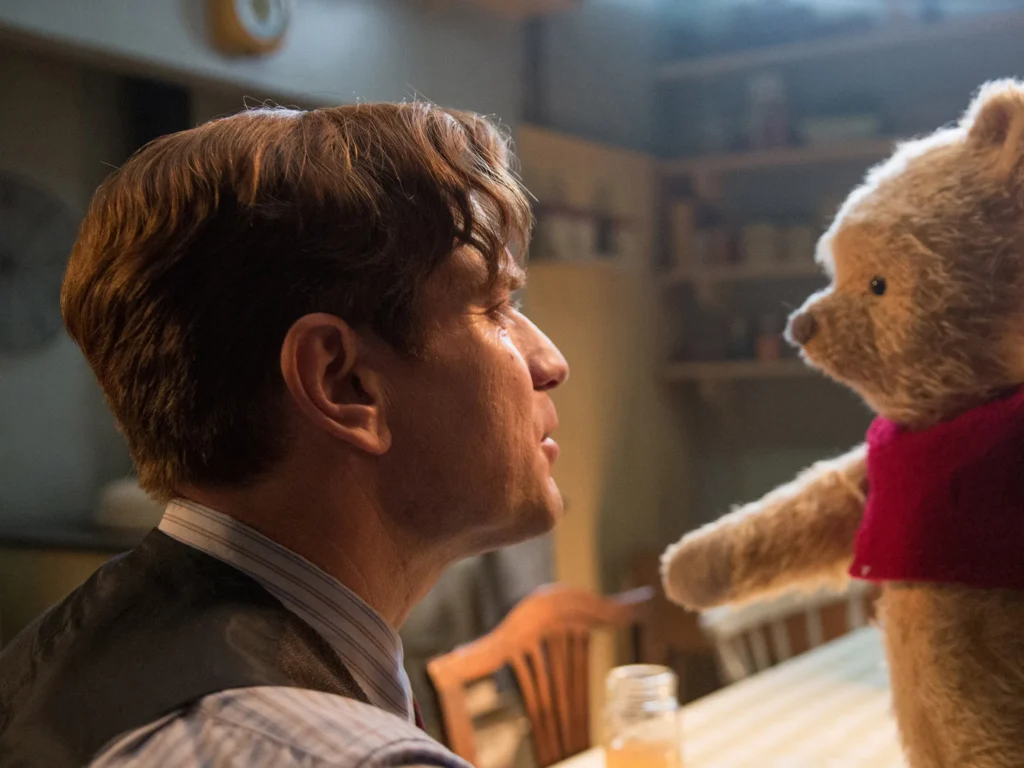
Fame can bear down heavily on a child, as A.A. Milne’s son discovered. Boarding school became a daily ordeal when classmates tormented young Christopher throughout the 1930s. While you might cherish memories of Pooh Bear, the real Christopher watched helplessly as his father’s books sold more than 7 million copies during his childhood. His beloved stuffed animals – yes, the actual Hundred Acre Wood gang – found themselves permanently displayed at the New York Public Library in 1987. The Garrick Club’s financial records show Milne donated £500,000 in unwanted royalties between 1961 and 1996, wanting nothing to do with his father’s honey-loving bear.
22. The Uncredited Origins of Betty Boop
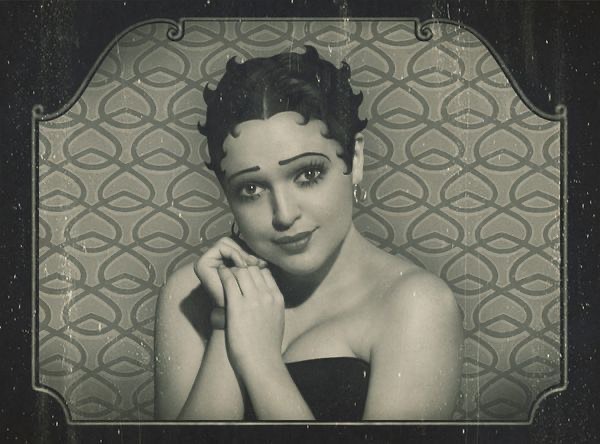
Cultural appropriation shaped early animation in unexpected ways. Baby Esther, an African American singer, first performed the signature “Boop-Oop-a-Doop” style in Harlem clubs during the late 1920s. When white performer Helen Kane sued Fleischer Studios for $250,000 in 1932, the truth emerged in court. Kane had copied Esther’s performances but claimed originality. The case exposed endemic racism in entertainment, while Baby Esther received no compensation. Recently discovered Vitaphone recordings of Esther’s original performances remain sealed in the Library of Congress, awaiting restoration since 1929.
21. Judy Winslow’s Unexpected Trajectory
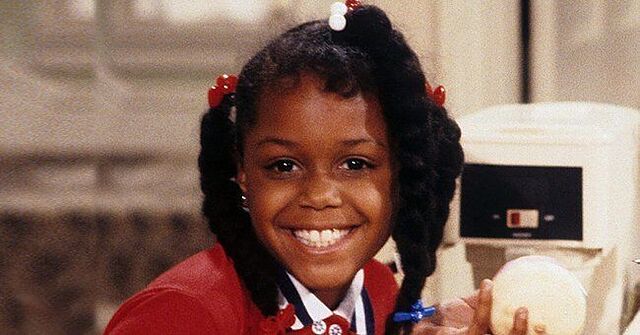
Ever wonder what happens when a TV character just… vanishes? During Family Matters’ fourth season in 1993, Judy Winslow climbed those stairs and apparently found a portal to another dimension. The show’s pivot to Steve Urkel proved so successful that 60% of screen time went to his suspender-wearing shenanigans. Network executives saved $40,000 per episode by writing off Judy’s character – though you’d think someone in the family might have noticed her missing at dinner. Unaired script drafts from 1994 reveal three different explanations for her absence, including one where she wins a scholarship to an off-screen boarding school.
20. Voldemort’s Unexpected Musical Middle Name
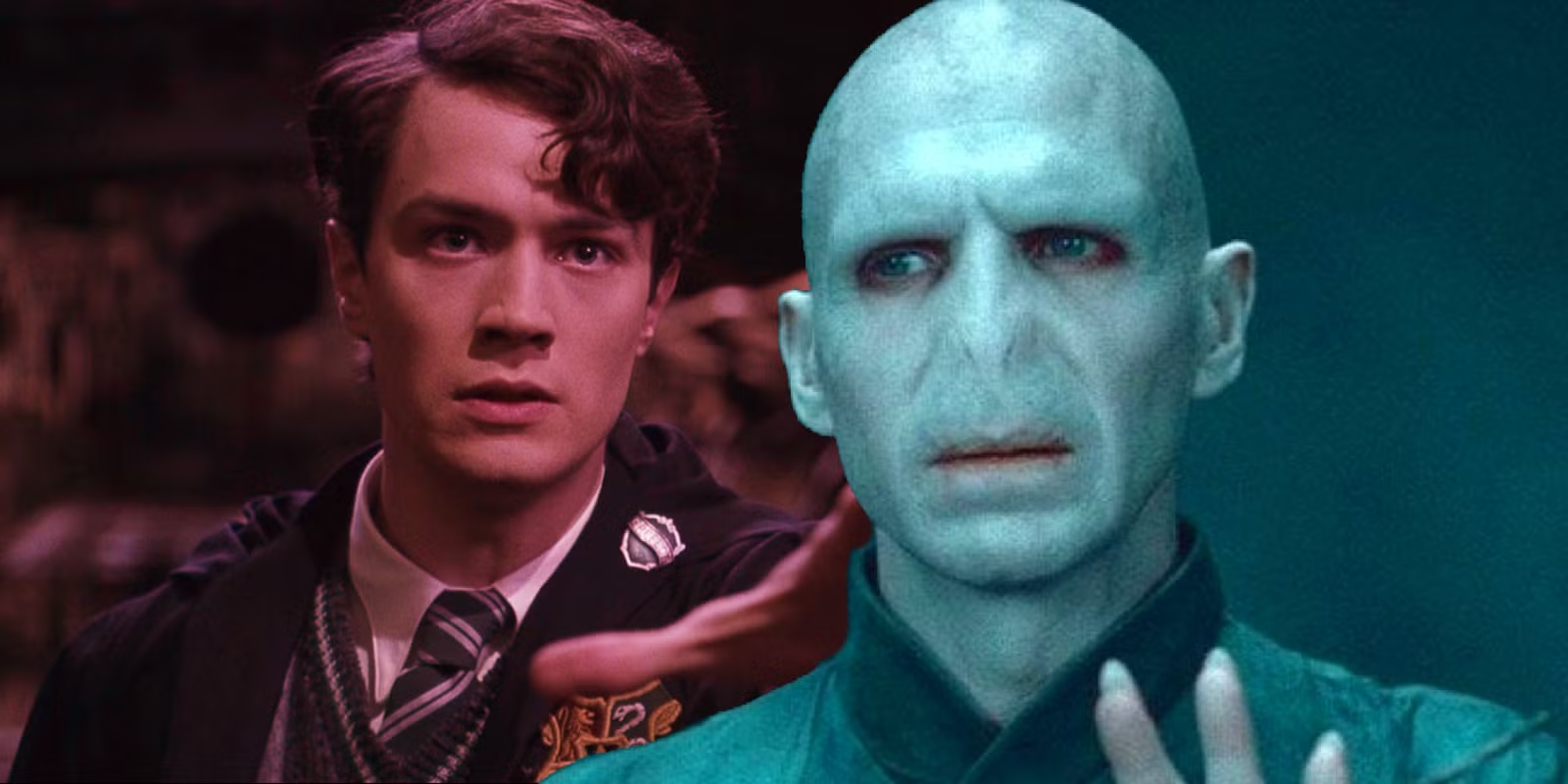
Literary puzzles demanded creative solutions in multiple languages. J.K. Rowling crafted Tom Marvolo Riddle’s name as an anagram in 1997, though surely the Dark Lord would have preferred something catchier for his evil rebrand. Translators worldwide tackled the challenge across 67 languages, leading to some surprisingly musical variations. Finnish readers know him as Tom Lomen Valedro, while French editions feature the inexplicably rock-and-roll name Tom Elvis Jedusor. Rowling’s original manuscripts, preserved in the British Library, show dozens of rejected name combinations that would have made You-Know-Who cringe.
19. David Yost’s Power Rangers Struggle

Behind the spandex and special effects, real pain lurked on set. Power Rangers’ production staff subjected David Yost to relentless harassment for 18 months during the show’s peak popularity. The Blue Ranger actor endured 6 days of conversion therapy following his 1996 departure. Studio correspondence reveals frantic rewrites attempting to explain his character’s sudden disappearance. Personal journals released in 2010 detail Yost’s daily struggles, including 12 instances of direct discrimination from senior production staff.
18. Wile E. Coyote’s Eternal Torment

If you thought your persistence was impressive, meet animation’s most determined predator. Chuck Jones established ironclad rules for the Road Runner series, creating 48 theatrical shorts between 1949 and 1994. The Coyote could only suffer from his own devices and gravity – though gravity seemed to have a particular vendetta against him. ACME Corporation, apparently the Amazon Prime of the desert, supplied 849 different contraptions for Wile E.’s schemes. Warner Bros.’ animation archives contain a surprising document: Jones’ rejected pitch for an episode where the Coyote finally catches his prey, only to realize he doesn’t know what to do next.
17. The Dark Rugrats Imagination Theory

Some fan theories make you question everything about your childhood favorites. Internet sleuths in the late 1990s proposed that Angelica hallucinated the other babies, creating quite the playground debate. The show’s 172 episodes across nine seasons provided conspiracy theorists with endless material to dissect. Series creator Paul Germain finally addressed these claims in 2001, presenting definitive evidence about the babies’ existence. Nickelodeon’s archived production notes reveal 23 storylines rejected for being “too realistic” for the imaginative world of talking babies.
16. Paul Reubens’ Public Downfall

One incident reshaped Saturday morning television schedules nationwide. CBS immediately pulled 198 episodes of Pee-wee’s Playhouse from rotation in July 1991, leaving many kids wondering where their bow-tied friend had gone. Retailers cleared $25 million worth of Pee-wee merchandise from shelves overnight. Network documents reveal plans for three new seasons, including a space-themed playhouse that never materialized. The original set gathered dust at CBS Studios until 1995, when it was finally dismantled and cataloged for television archives.
15. The Flintstones’ Surprising Cigarette Endorsement

If you think product placement is bad now, wait until you hear about the Stone Age. Winston cigarettes proudly sponsored The Flintstones for 2 full seasons between 1960 and 1962. Fred and Wilma puffed their way through 45 separate commercial spots, making modern health advocates’ heads spin. ABC’s research revealed a shocking truth: 40% of viewers were under twelve, watching their cartoon heroes hawk tobacco. A sealed vault in the network’s archives contains the unthinkable: unused animation cells showing the Rubbles and Flintstones sharing after-dinner cigarettes at a prehistoric drive-in. Speaking on the 1960s, here are 20 normal things from the 60s you can’t do today.
14. The Frisbee’s Pie Tin Transformation

Sometimes the best inventions happen when college students get bored at lunch. Yale students discovered the aerodynamic potential of Frisbie Pie Company tins in 1920, turning dessert containers into entertainment. Wham-O saw dollar signs, acquiring the rights in 1957 and selling an astounding 100 million discs by 1977. The company’s engineers tested 27 iterations before perfecting that satisfying flight pattern you know and love. A collector paid $12,000 in 2018 for the last authenticated Frisbie pie tin, complete with original pie crumbs.
13. The Slap Bracelet Nudity Scandal
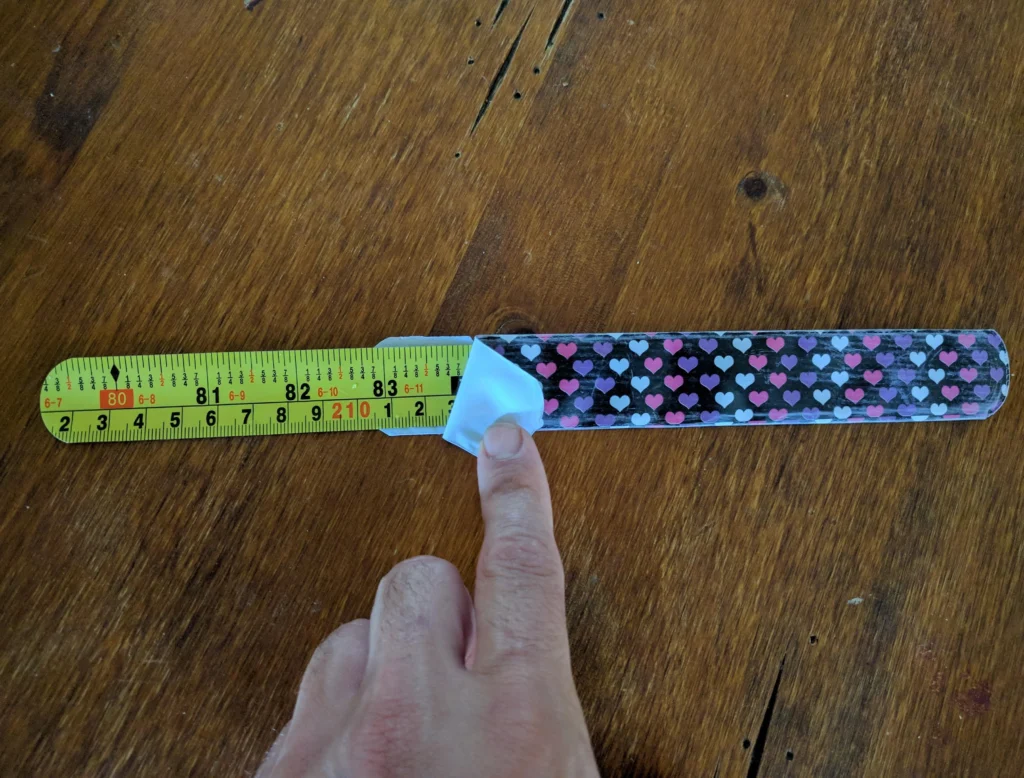
The ’90s brought us many questionable fashion choices, but this one takes the cake. Manufacturers got creative with costs, recycling industrial measuring tape for bracelet springs in 1990. Officials banned these wrist-slapping menaces from 1,200 schools after discovering their hidden surprises. Testing showed 72% of knockoff bracelets contained potentially dangerous materials – and some inappropriate measuring tape artwork. The Consumer Product Safety Commission maintains a “Hall of Shame” collection featuring the most outrageous examples from this fashion fiasco.
12. Heinz’s Colorful Ketchup Catastrophe

In a bold move that nobody asked for, Heinz decided red ketchup was too boring for the new millennium. Their EZ Squirt line launched with six psychedelic colors in October 2000, proving that not every Y2K innovation was a winner. After investing $17 million in special facilities, they watched sales soar to 25 million bottles before kids realized purple ketchup made their fries look like alien food. Hidden market research footage shows bewildered focus groups staring at green hamburgers, wondering if food really needed this much excitement.
11. The Haunting of Childhood Homes

Your favorite TV homes have stories that continue long after the cameras stop rolling. The Fresh Prince’s Bel-Air mansion commanded $14.6 million in 2020, though sadly without Geoffrey included. Developers have demolished 23% of beloved children’s show locations from the ’80s and ’90s, replacing TV magic with condos. The Brady Bunch house required $3.5 million to restore its iconic look, while original property records reveal 15 other famous TV homes now serve as dental offices or insurance agencies.
10. Willy Wonka’s Corporate Candy Conspiracy

Think the chocolate factory was pure imagination? Think again. Quaker Oats bankrolled the film with $3 million in 1971 just to sell candy bars. They acquired the rights for a mere $500,000, demanding 17 product placement scenes in the process. Want to know something truly nuts? The Wonka Bar they created flopped spectacularly, selling only 8,000 units before being discontinued. Recently uncovered marketing documents show executives planned a breakfast cereal called “Everlasting Gobstopper Crunch.”
09. Children’s Infinite Sweet Tooth

Scientists in the early ’70s made a discovery that would shock absolutely no parent anywhere. Studies between 1970 and 1973 showed kids would basically eat candy forever if nobody stopped them. Lab observations recorded children consuming 85% more sugar when distracted by television – as if they needed the help. These findings sparked 12 major policy changes in advertising regulations. The original research notes, still preserved in university archives, include one scientist’s scribbled observation: “Day 3: They’re still eating. Send more candy.”
08. Coca-Cola’s Temperance Beverage Origins
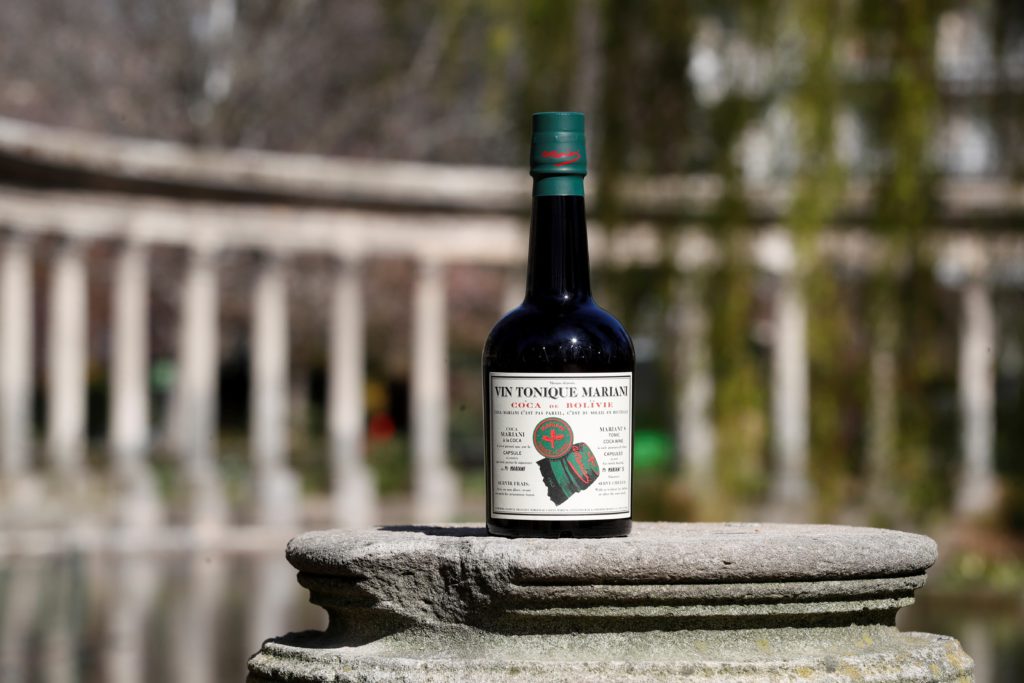
Before becoming a global empire, Coca-Cola started as a solution to prohibition blues. Pharmacist John Pemberton crafted his special brew in 1885, including a kick of 9 milligrams of cocaine per glass until 1929. Sales skyrocketed 400% during national prohibition, proving Americans would take their buzz however they could get it. Today, that original recipe sits in an Atlanta bank vault, seen by only two employees in company history – and they’re probably still wide awake.
07. The Muppets’ Mature Origins

Long before they taught counting on Sesame Street, the Muppets had an edgier gig. Jim Henson’s creations appeared in 8 episodes of Saturday Night Live’s first season in 1975, tackling decidedly adult themes. These early puppets sported darker colors and realistic features, looking more Greenwich Village than Sesame Street. NBC’s archives hold 6 hours of unaired footage deemed too spicy even for late-night TV, including one sketch about a puppet meditation guru selling enlightenment for $19.99.
06. Candy Canes’ Ecclesiastical Origins

Picture a German choirmaster in 1670, desperately trying to keep kids quiet during nativity services. His solution? Hook-shaped sugar sticks that would later become a holiday icon. The original treats stretched 8 inches long, pure white and probably more effective than a “quiet please” sign. It wasn’t until the 1900s that someone thought to add that famous peppermint flavor and red stripes. The cathedral’s original ledger shows an order for 250 sugar sticks – and presumably some aspirin for the choirmaster.
05. Graham Crackers’ Moral Origins

In perhaps history’s least successful anti-fun campaign, Presbyterian minister Sylvester Graham invented a snack to fight temptation in 1829. His original crackers contained 20% more fiber than today’s version and probably tasted like edible cardboard. Graham established 37 boarding houses serving his special recipes, each promoting a lifestyle that would make a medieval monk seem indulgent. His personal journals reveal plans for an entire menu of pleasure-fighting foods – thankfully, only the crackers survived.
04. McDonald’s Fries: More Than Meets the Eye

The great french fry switcheroo of 1990 changed fast food forever. After 35 years of using beef tallow, McDonald’s converted 7,161 restaurants to vegetable oil overnight. Internal taste tests rated the new formula 22% lower in flavor satisfaction, proving your nostalgia for the old fries isn’t just in your head. A McDonald’s food scientist maintains a sealed vault containing the original tallow formula, labeled simply: “The Good Stuff, 1955-1990.” If you’re interested, here are 20 fast food chains that faded into history.
03. Roller Coasters: A Moral Thrill Ride
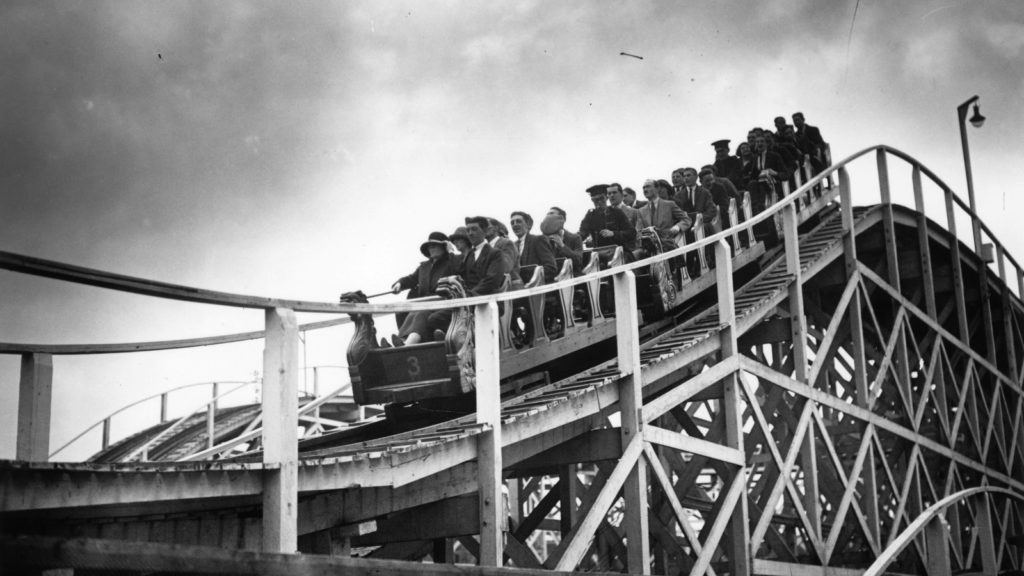
In the most successful anti-vice campaign ever, LaMarcus Thompson revolutionized entertainment. His 1884 Switchback Railway at Coney Island charged 5 cents for a wild ride at the blazing speed of 6 miles per hour. The attraction drew 600 daily riders seeking wholesome thrills instead of saloon visits. Thompson’s engineering notebooks, preserved at the Smithsonian, show his original slogan: “Better than beer! Safer than whiskey! Almost as fun as church!”
02. Barney’s Unexpected Cultural Hatred
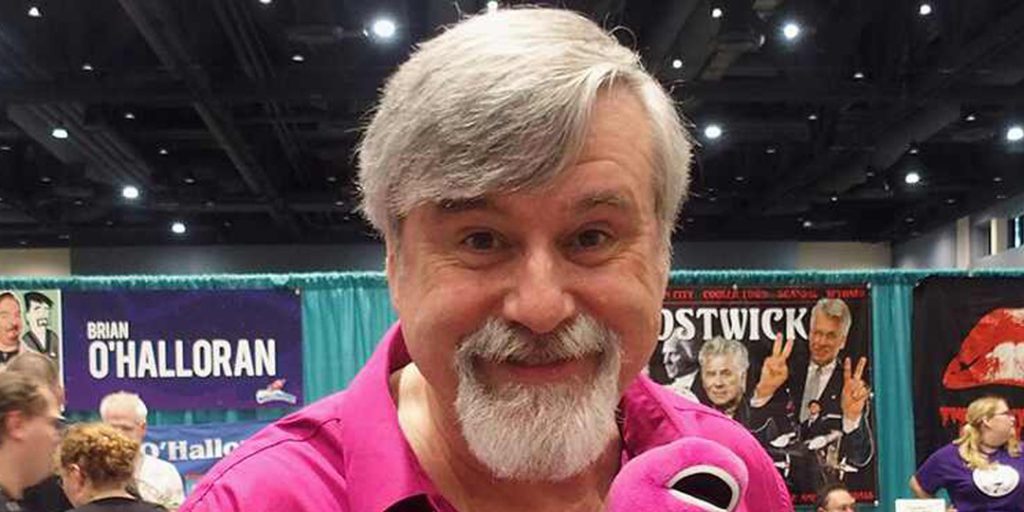
The world’s most beloved purple dinosaur faced some serious haters. Between 1992 and 1997, college students formed 100+ anti-Barney organizations, proving some people really need better hobbies. The costume actor received 200 death threats – apparently from people who didn’t get enough hugs. While 93% of preschoolers adored the show, PBS archives contain thousands of angry adult letters, including one demanding Barney face extinction “like his ancestors.”
01. Monopoly’s Socialist Origins

The game that launched a thousand family arguments began as a lesson against capitalism. Elizabeth Magie received just $500 for her Landlord’s Game patent in 1904 – talk about monopoly money. Parker Brothers produced 20,000 sets in their first year, carefully omitting the game’s anti-capitalist origins. The original version included two rulebooks: one celebrating wealth accumulation, the other promoting economic cooperation. Magie’s patent predated Charles Darrow’s “invention” by 30 years, proving that even in board games, history favors the bold.







